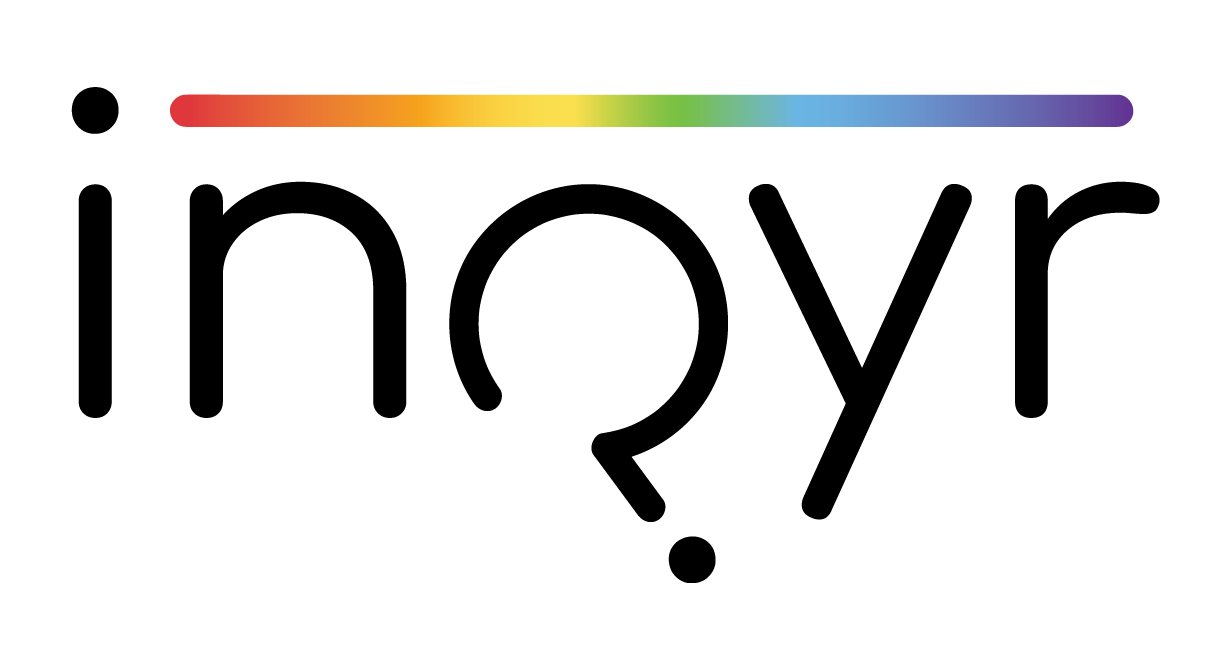Someone to have my back: Exploring the needs of racially and ethnically diverse lesbian, gay, bisexual, and transgender high school students
Craig, S. L., McInroy, L., & Austin, A. (2018). Someone to have my back: Exploring the needs of racially and ethnically diverse lesbian, gay, bisexual, and transgender high school students. Children and Schools, 40(4), 231–239. https://doi.org/10.1093/cs/cdy016
Highlights
Background
Effective counseling in schools necessitates understanding LGBT students’ experiences and delivering interventions rooted in youths’ realities.
Study Description
A school-based needs assessment was undertaken with 180 primarily Hispanic and African American LGBT high school students in the United States
Ages ranged from 14–19 (Mage = 17)
Most (89%) identified as either Hispanic/Latino (71%) or African American/Haitian (18%), with a few identifying as white, non-Hispanic (5%), mixed race (3%), or other (3%)
We assessed students’ perceptions of their own mental health and service needs, the impact of these needs on school functioning, and the ways in which school-based counseling professionals can be responsive to these needs
Using grounded theory, researchers conducted focus groups using a semistructured protocol that included a vision question
Key Findings
Five themes illuminating physical and emotional safety needs emerged after the analysis:
(1) A safe place to stay
(2) Safe schools and communities
(3) More than just pockets of safety
(4) Someone to have my back
(5) Someone for my family
Recommendations for School Social Workers
(1) Have sufficient knowledge of the distinct academic, environmental, and social stressors of LGBT youths
(2) Actively affirm and validate LGBT identities while providing consistent mentoring and guidance
(3) Advocate for LGBT-inclusive policies and practices
(4) Actively challenge discriminatory attitudes and behaviors from staff and students
(5) Actively solicit and give precedence to LGBT youths’ perspectives of their needs
(6) Create effective programming that bridges the specific needs of LGBT students in their schools, families, and communities and actively enhances their emotional and physical safety

